What I wish I knew before my first marathon
Lessons Canadian Running readers had to learn the hard way

As the spring marathon season approaches, hundreds of runners across Canada are preparing to tackle their first 42.2K. To help those runners out, we asked you, our Canadian Running readers, to tell us what you wish you had known before your first marathon, and you delivered. Some responses were helpful, some heartfelt, and some will make you laugh. Without further ado, here’s what your fellow Canadian runners wish they’d known before their first marathon.
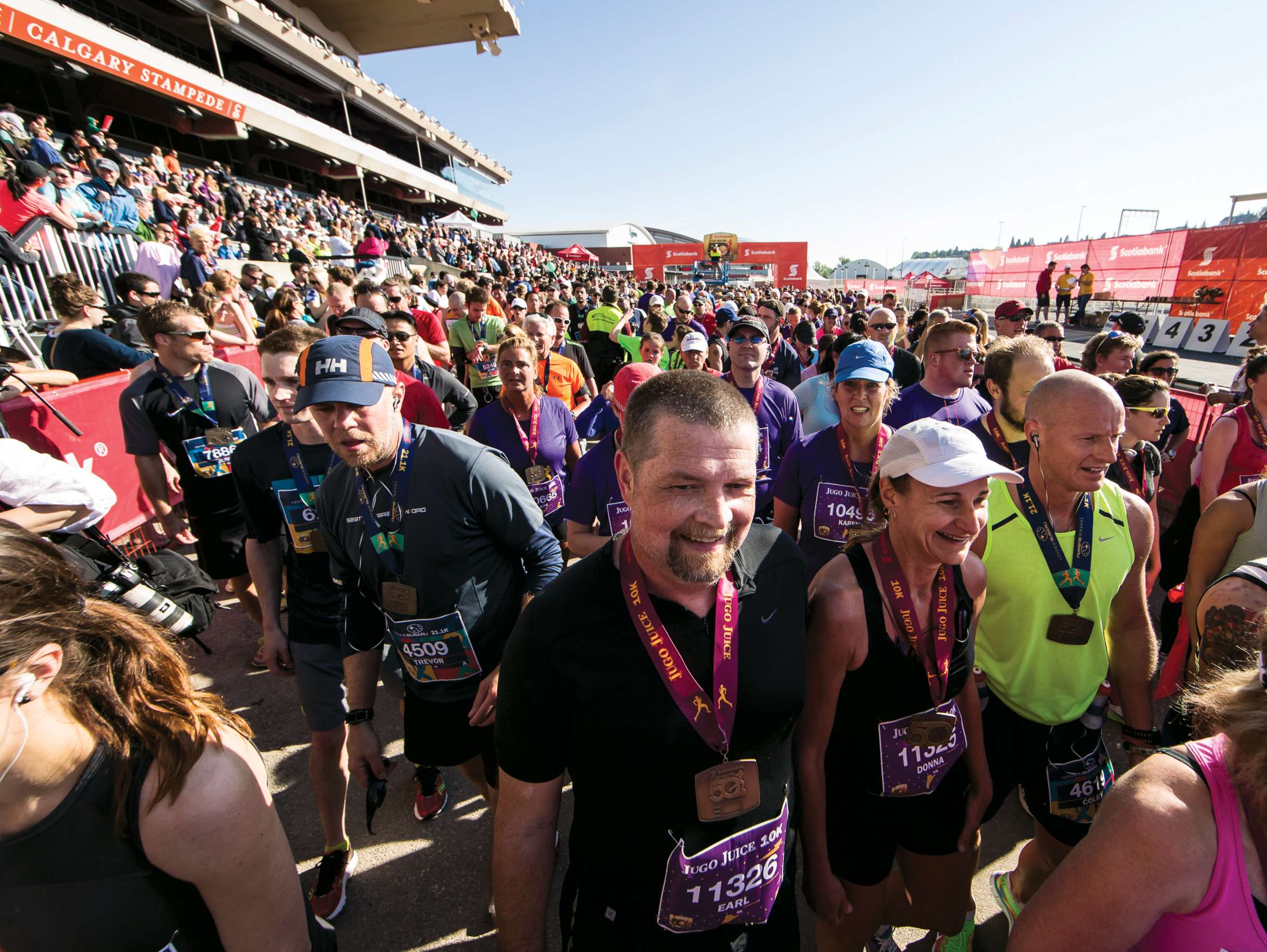
“Don’t take fluids every mile just because they’re there.” — @eraponi
Part of your preparation for a marathon should involve creating a race-day hydration plan, and practicing that plan during your long runs to ensure it works for you. On race day, many runners get drawn in by the numerous water stations along the course and deviate from their hydration plan, putting themselves at risk for drinking too much and ending up with hyponatremia. Make your hydration plan and stick to it, no matter how enticing the water stations may be.
“Don’t drink a lot of water the morning of the race!” — @golgi_the_pug
On that note, you should also be careful not to drink too much the morning of the race either, or you’ll likely end up needing to make a mid-race trip to the porta-potty. If you’ve been hydrating properly in the days leading up to race day, you won’t need to worry about dehydration, so drink a normal amount of water in the morning (this will be different for everyone) and be careful not to go over-board.
“I think you have to get one under your belt to learn before going for a time.” — @pbs_b
Running well in the marathon takes practice, and you’re likely not going to nail it on your first try. It’s OK to have a goal time in your first marathon, but don’t get too attached to it. Use this first one as a learning experience and you’ll be better equipped to run a fast time in your next one.
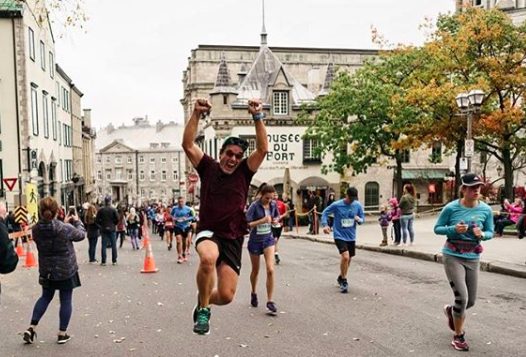
“The second half is somehow twice as long as the first half…” — @jeff_willows
The marathon is a long race, and a lot can happen in 42 kilometres. Runners often feel good in the first half and go out too hard, so make sure you stick to the pace you planned going in. If you feel great near the end, you can pick up the pace, but don’t risk pushing the pace early and paying for it in the second half.
“That peaking at only 50K/week is a really bad idea.” — @runningskirtsnmanis
You cannot fake your way through a marathon. Make sure you give yourself at least 16 weeks to properly build up your mileage so you’re ready to go on race day. There are thousands of beginner training plans available online, and if you really want to make sure you get your first one right, enlist the help of a coach to get you to the start line knowing you can handle the distance.
“How hard the actual training was and what to do if you get injured.” — @runlikeaplusmama
The only thing harder than running a marathon is training for one. Being prepared to tackle the distance takes a lot of time and dedication, and it’s not always going to be fun. It will, however, be rewarding. If you do get injured, make sure you see a physiotherapist who specializes in working with runners right away, so they can help you get back on track, or figure out if your goal race is still feasible. (Better yet, go see one before you start training to address any imbalances or weaknesses to prevent an injury before it happens).
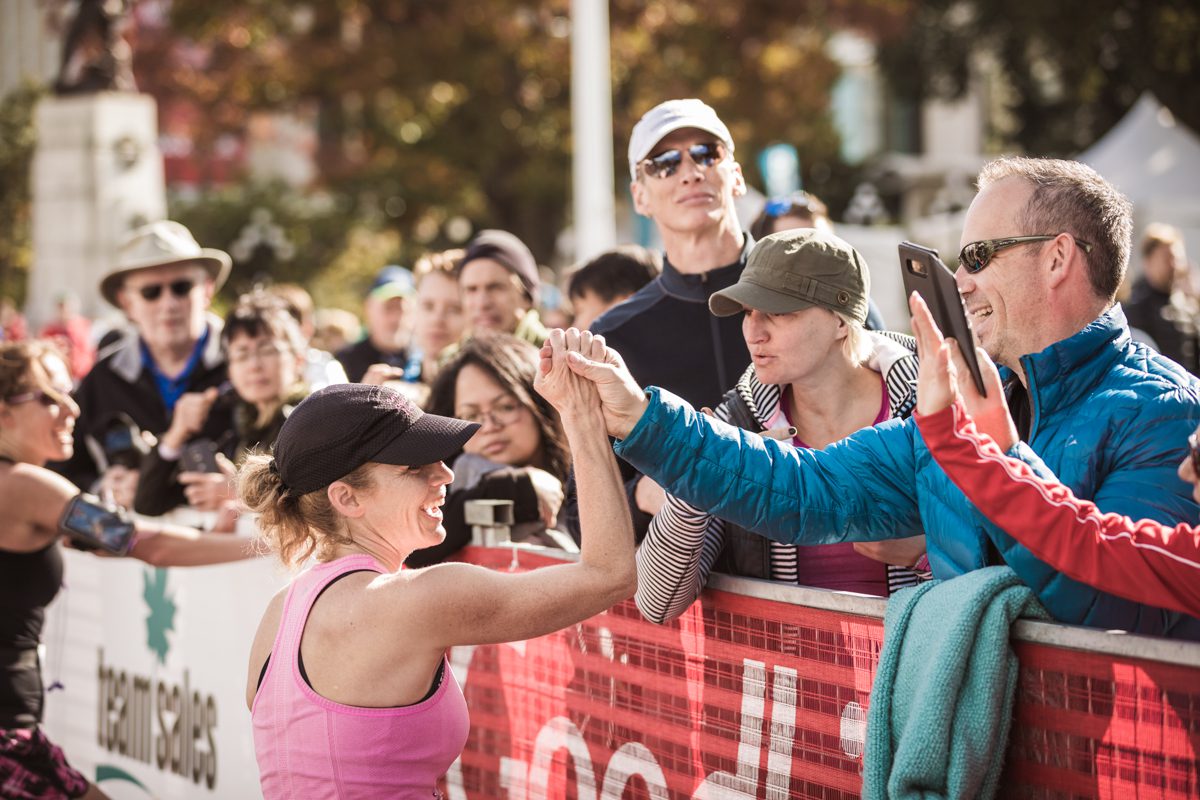
“When to take your first gel.” — @lilsrun
Race-day nutrition can be tricky. Make sure you practice your nutrition plan during your long runs leading up to the race so you’re not left playing guessing games.
“The wall is real. It’s a fight to push through, but you only learn how to conquer it by getting through it.” — @chris_enns
Even when you do your best to prepare for race day, small errors or things out of your control can cause you to hit the wall in the later stages of the race. If this happens, don’t give up. Push through it and chalk it up to a learning experience. Even if you don’t get your goal time, you’ll be happier having finished than getting a DNF beside your name.
“Not to go out with the half-marathoners and their pace. Did that at the Toronto Waterfront.” — @kevlions
At some races, the half-marathoners and the marathoners start at the same time. If this is the case at your race, be careful not to get caught up with the runners doing the shorter distance, or you’ll pay for it later in the race.
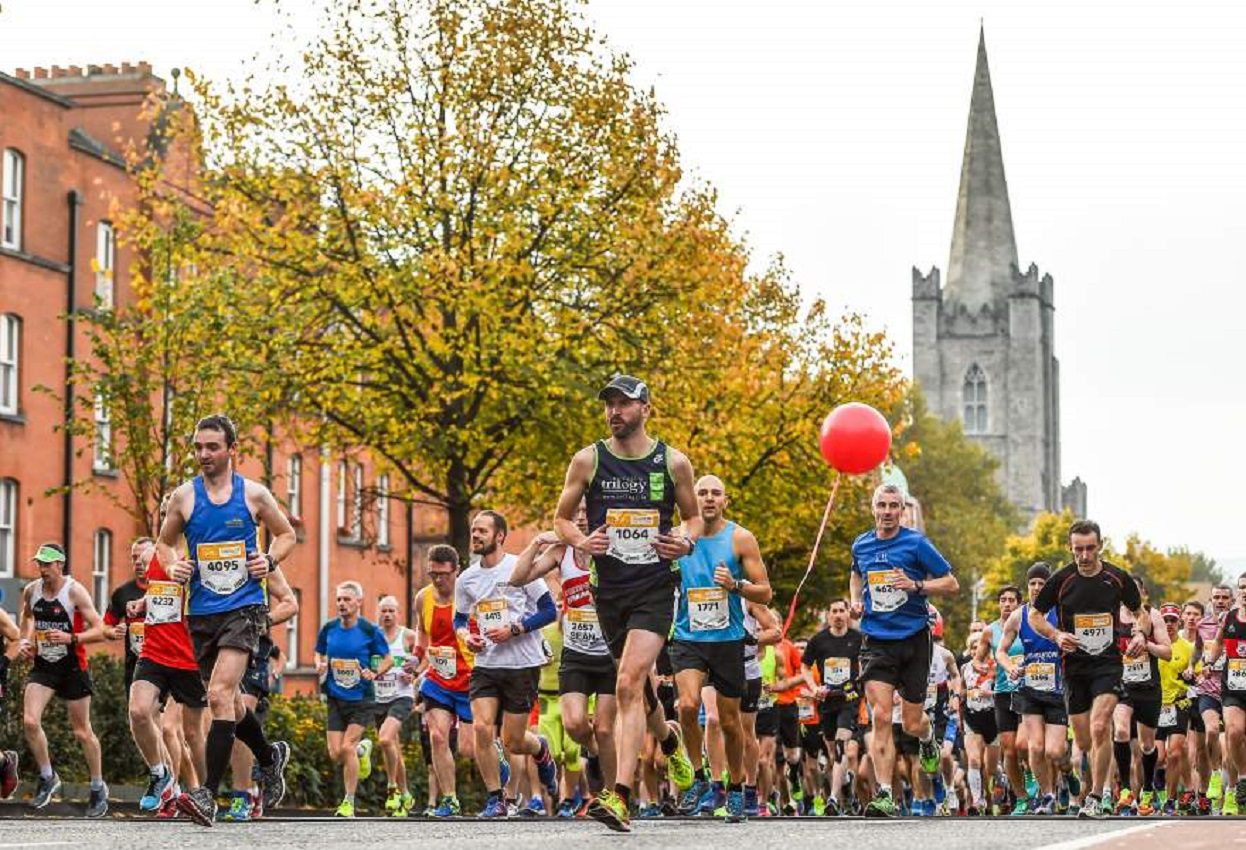
“The Vaseline jelly stick was not maple syrup taffy.” — @gerard_yvr
We’re missing a lot of details from this story, but suffice to say that you should keep your race-day nutrition in one pocket, and any non-edible items (like Vaseline) in another to avoid unfortunate mishaps.
“You stand on the start line wondering… and you stand on the finish line knowing.” — @jlklol
No matter how well your training goes, your first marathon is daunting, and you may find yourself wondering if you can actually get to the finish line. Once you do, you’ll be able to take that confidence in knowing you can do hard things into every aspect of your life.
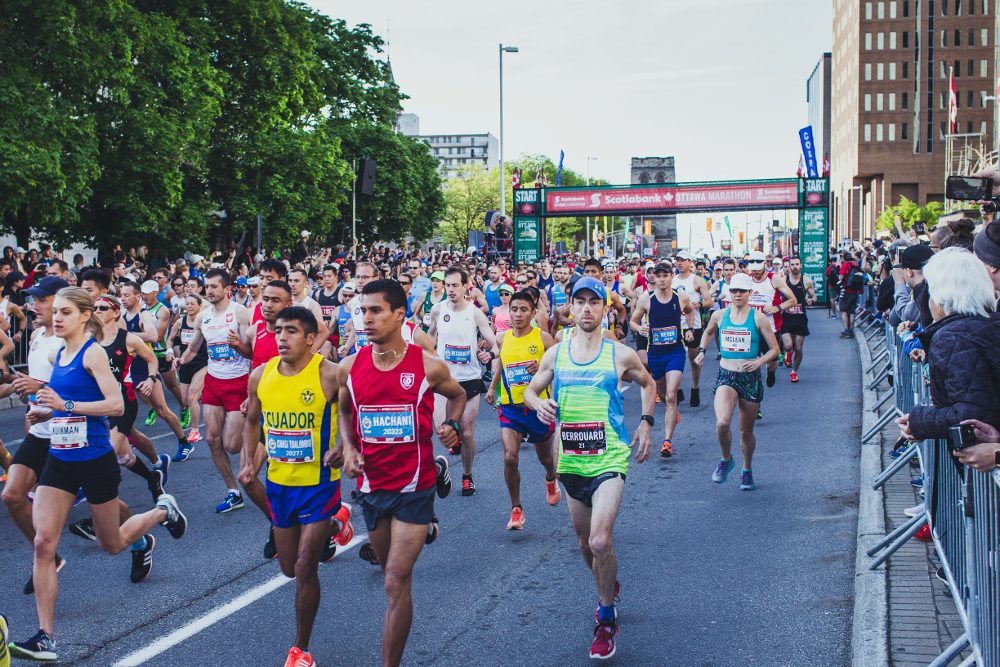
“That you can never do just one.” — @brendandchard
You might be cursing yourself at the finish line, but once you get some rest and some food, you’ll already be planning your next one.


